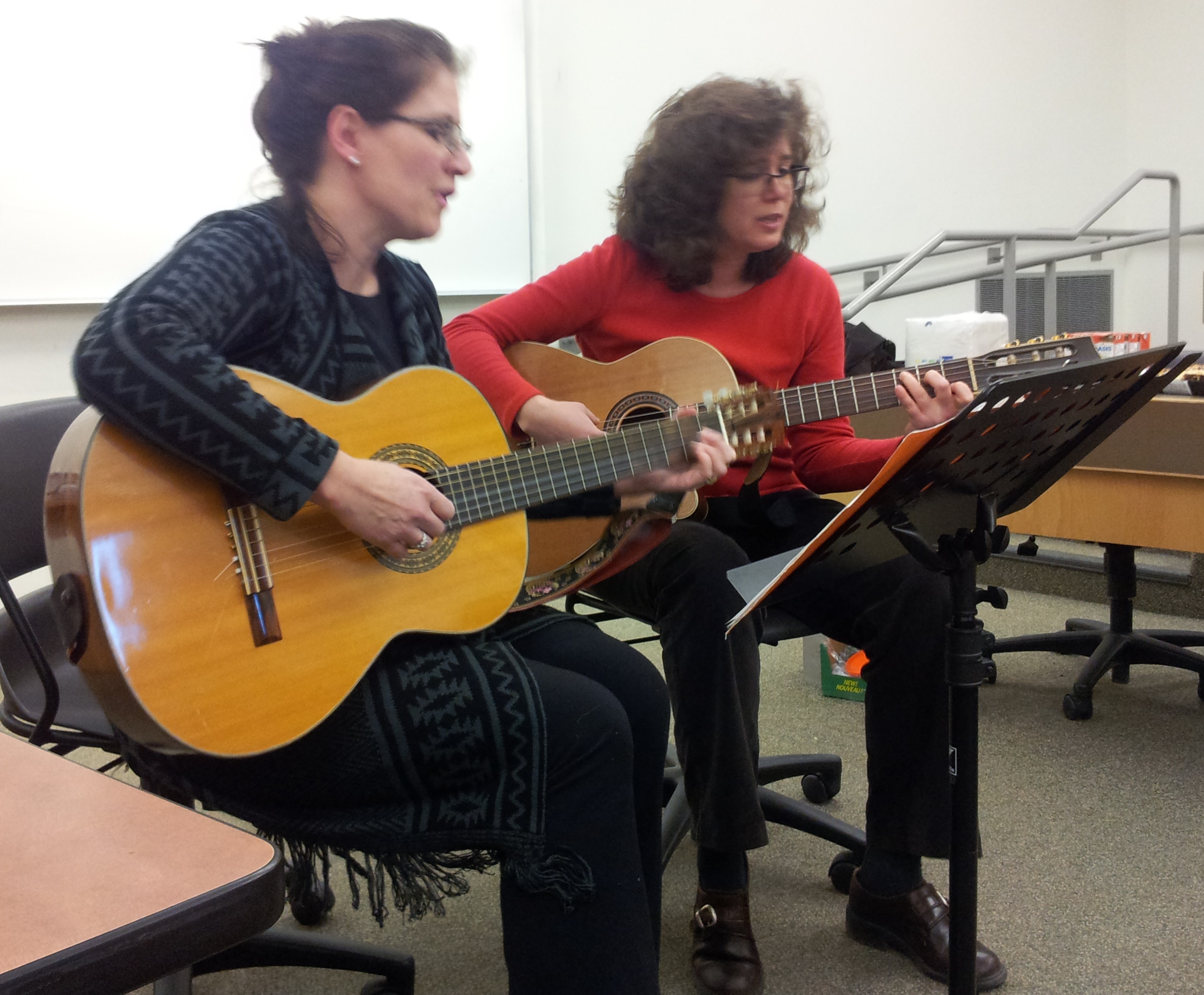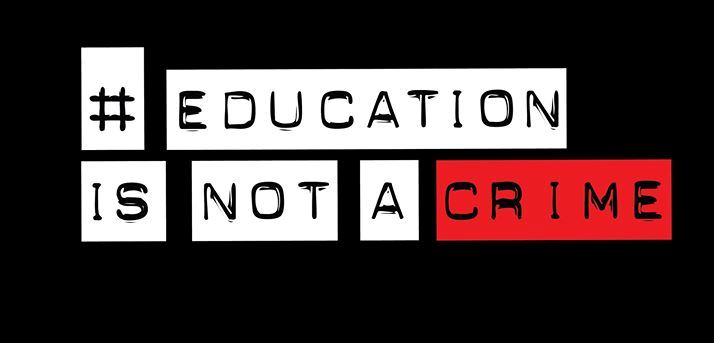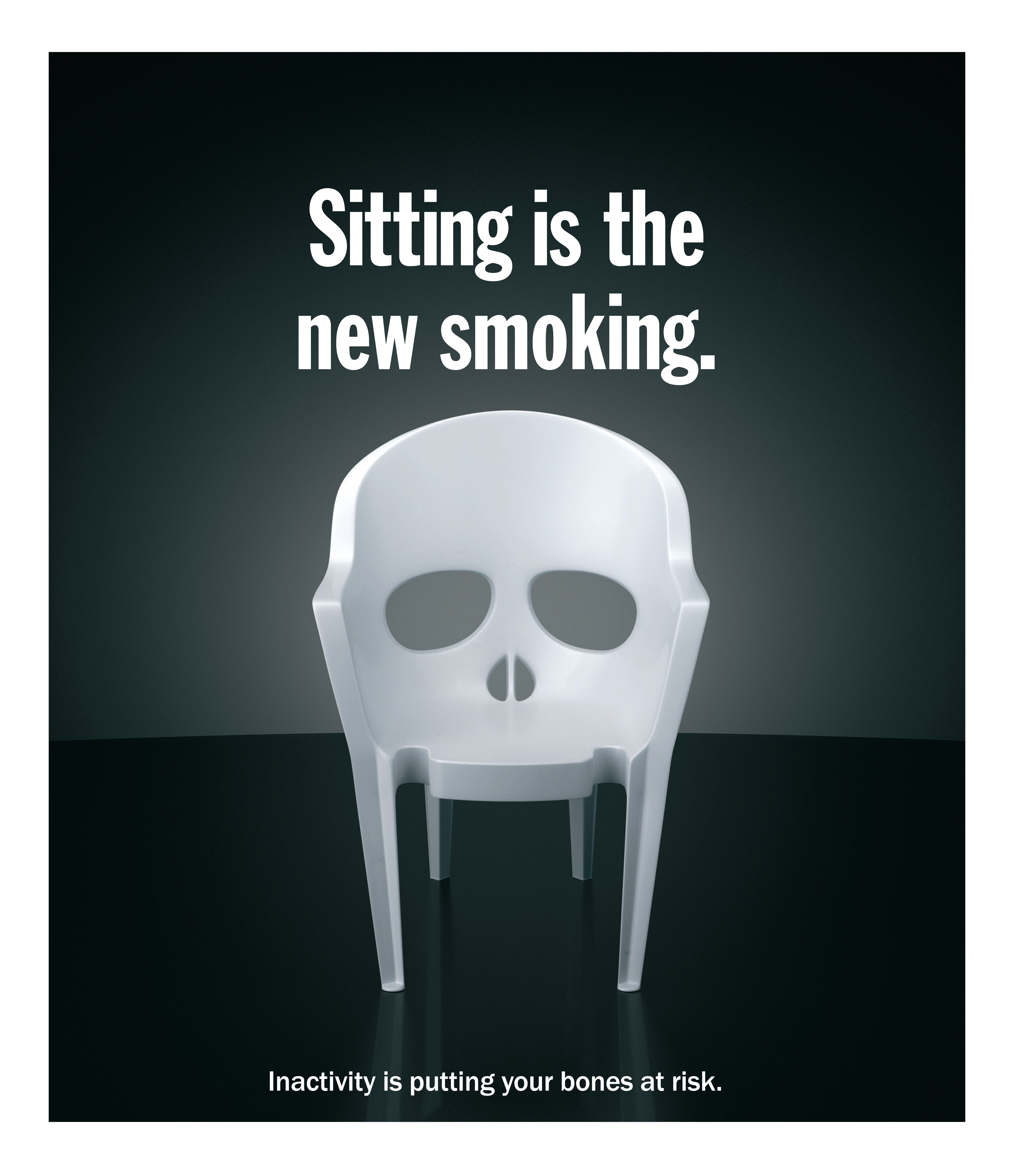FREE Documentary – Discussion – Food – Live Music
The Baha’is of Iran have been forbidden to study or teach at universities. They responded by organizing a secret distance-learning university. Some of its students now attend grad school in Canada and the US.
Come and watch with us To Light A Candle, a compelling documentary by the independent Iranian-Canadian journalist and documentary filmmaker Maziar Bahari.
Mr. Bahari was working for Newsweek during Iran’s 2009 Green Revolution, when he was arrested and jailed 118 days. To Light a Candle emerged from his exposure to the circumstances of the Baha’i community under the Iranian regime.
Friday, 27 February, 2015
- 4:30 Live music and refreshments (music provided my Dr. Mora-Diez and moi)
- 5:00 Film
- 6:00 Discussion with Dr. Monica Sanchez-Flores
- 6:30 Closing
At TRU’s IB 1020 (Map)
Through interviews, secret footage shot by citizen journalists, and rare archival material To Light a Candle shows how a small minority has responded to systematic persecution through non-violent resistance and educating their youth.
Sponsored by TRUFA’s Human Rights Committee, Kamloops Immigrant Society, Baha’i Community of Kamloops
More information on the film and the campaign go to: www.educationisnotacrime.me
UPDATE:
Heartfelt thanks to the 62 individuals came out to celebrate Education Is Not a Crime day with us at TRU by watching Mr. Bahari’s moving documentary. Across Canada over 90 communities showed this documentary that same evening. More screenings are coming.
Listen to Michael Enright’s powerful interview with Maziar Bahari, broadcast on during The Sunday Edition on CBC Radio on March 15, 2015.











